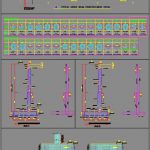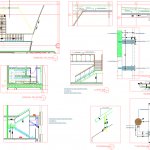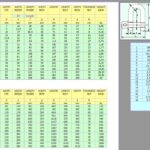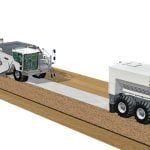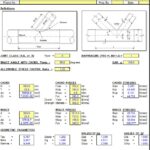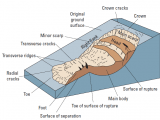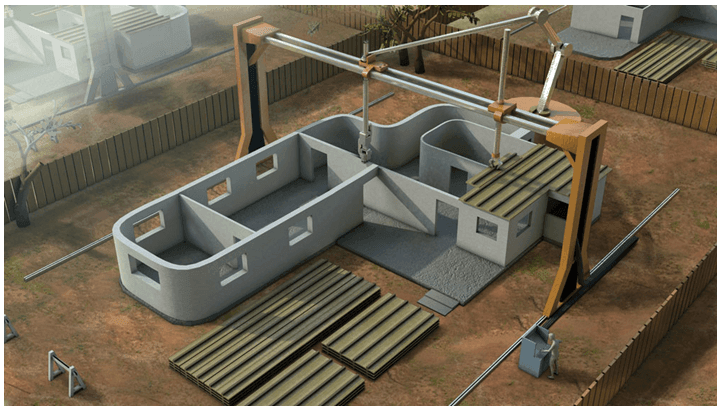
What is 3D Concrete Printing? Its advantages and disadvantages
10 July 2019Table of Contents
What is 3D Concrete Printing? It’s advantages and disadvantages
Imagine a 3D print you get, of your dream home before the actual construction starts, wow that’s amazing! You can then even make the changes if you wish to or can even design the better ideas. Yes, 3D printing proving to be a revolutionary tool in this behemoth world of construction technology and management.
The construction industry in today’s scenario is known for its ability to adapt quickly or frequently the new innovative ideas that can raise the building sector. One the most innovations in this area are 3D printing. Let’s have a close look at what 3D printing is and how can it be beneficial in transforming into a lean, responsive sector.
3D printing these days is gaining more and more traction and has potential to ease some of the aches of the construction technology and management industry. 3D printing, which is the domain of engineering possibly, could make an extreme change in the ways that our building structures are built. Yes, the 3D printing technique is being looked like a must-have technology in the construction industry.
First a quick look on…
What 3D Printing Means?
3D printing is a production method of creating solid objects from a digital source uploaded to a 3D printer. The printer intelligently reads the files and lays down consecutive layers of materials such as plastic, resins, concrete, sand, metals until the entire object is created.
Unlike inkjet printers, a 3D printer has containers of raw material, like plastic which forces out the exact patterns to lay down layers.
Currently, 3D printers are only used to create 3D models of structural designs, various prototypes, landscaping bricks or decorative components. Uses of 3D Printers in Construction Technology and Management
3D printers are already in use in the construction industry. Gigantic 3D printers have already been built that can use solid materials to manufacture a variety of the major structural components, even the whole buildings.
Initially, printers can only extrude one type of equipment at a time, but now with the advent in the technology world, more advanced printers have been built that can extrude multiple materials providing a significant level of speed and resilience that was not before.
The printers may manufacture wall sections that can snap together like Lego’s, or they may print formative stage that can be latterly filled to create a full-size wall. The printer can be shifted to a construction site to manufacture on demand.
Benefits of 3D Printing in Construction
The 3D printing benefits include:
- Consumption of material is optimized.
- Increases the ability to design a larger variety of customized homes and buildings.
- The construction waste is saved.
- Huge save in labour cost
- Growth in productivity.
- Faster construction.
- Quality can be maintained.
Some disadvantages of 3D printing include:
- Reduced employee number in theconstruction industryas the machine does most of the work.
- A finite number of materials can be used since the printer cannot be able to print the required design in various materials.
- Transportation of printers on job site becomes risky.
- Any errors occur in a digital model can result in an uncertain situation on site during the printing or construction phase.

